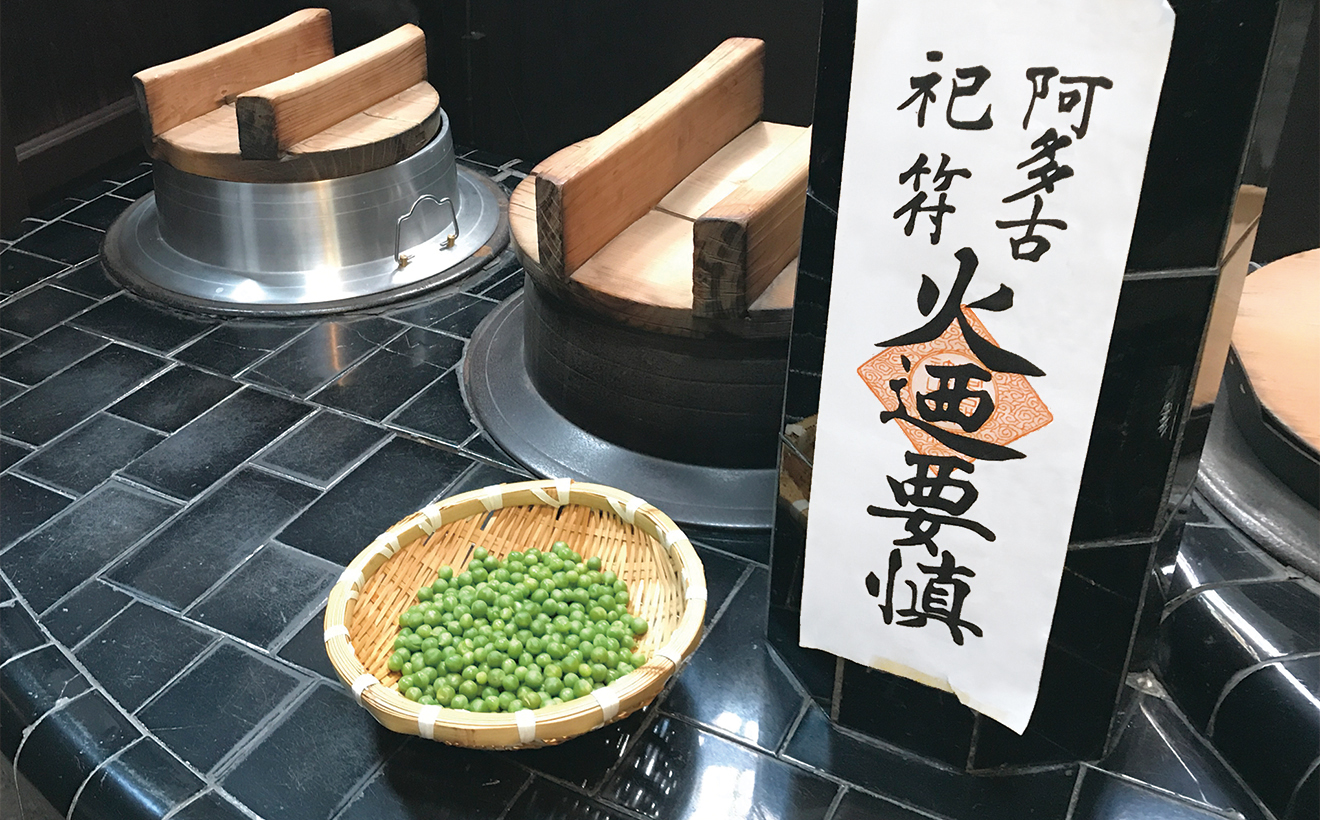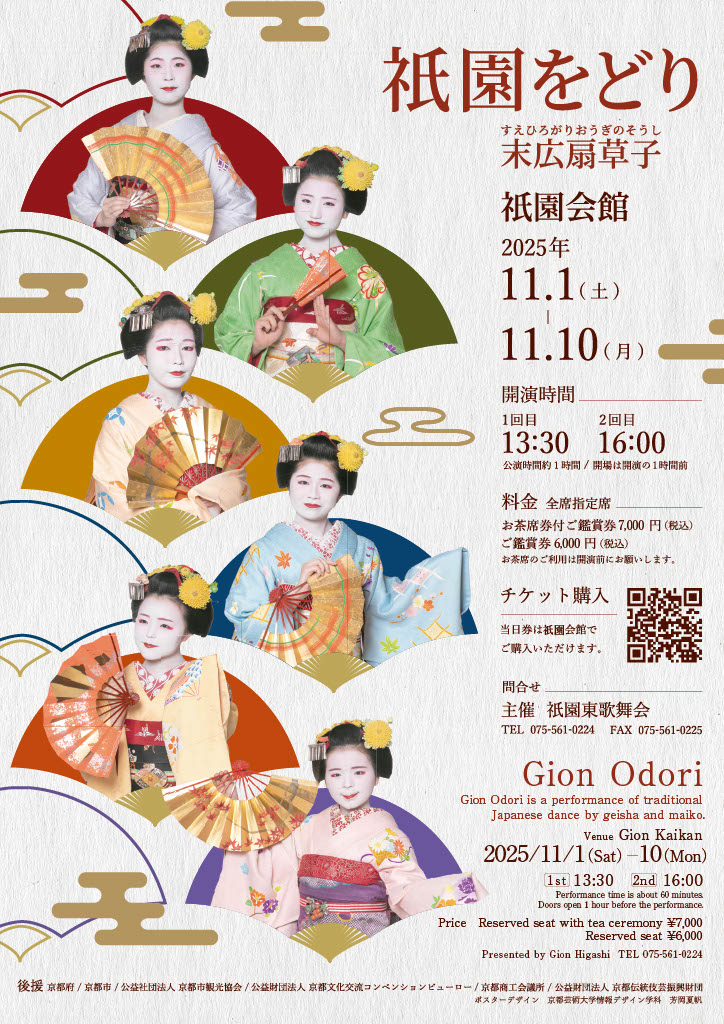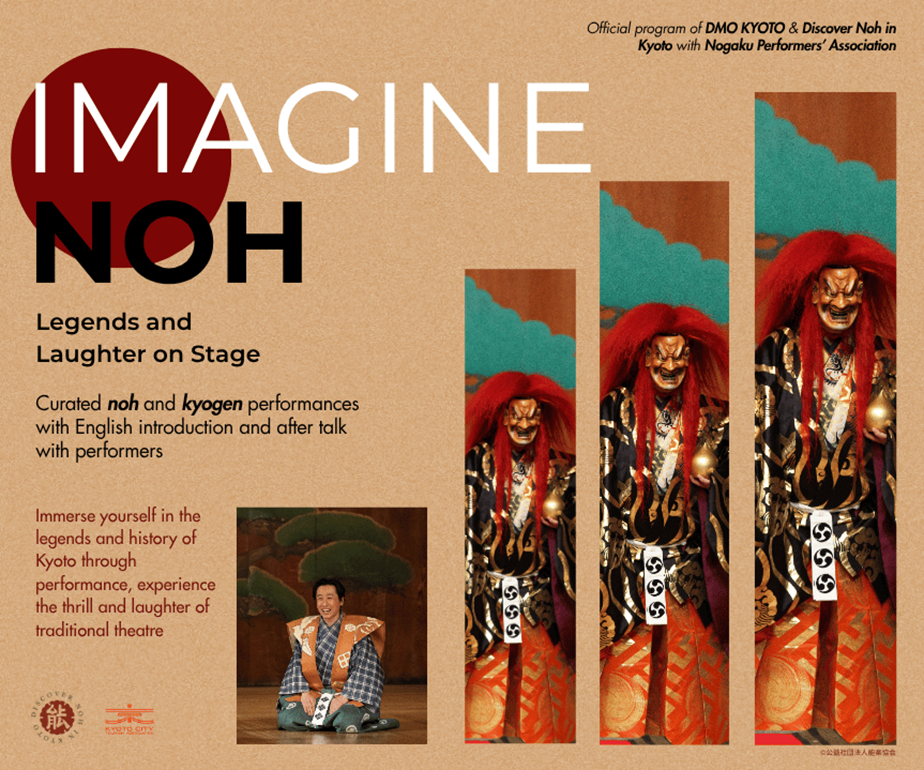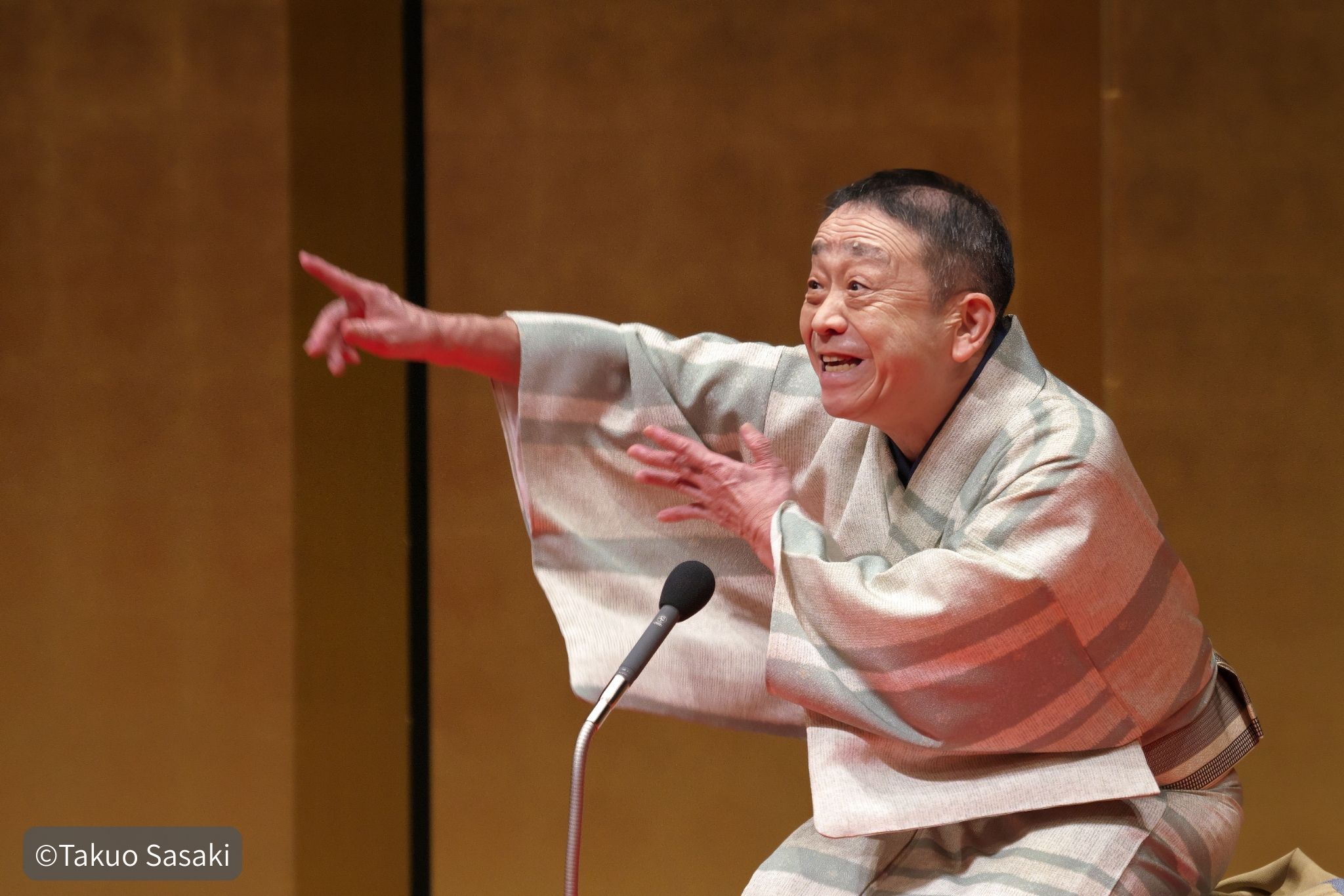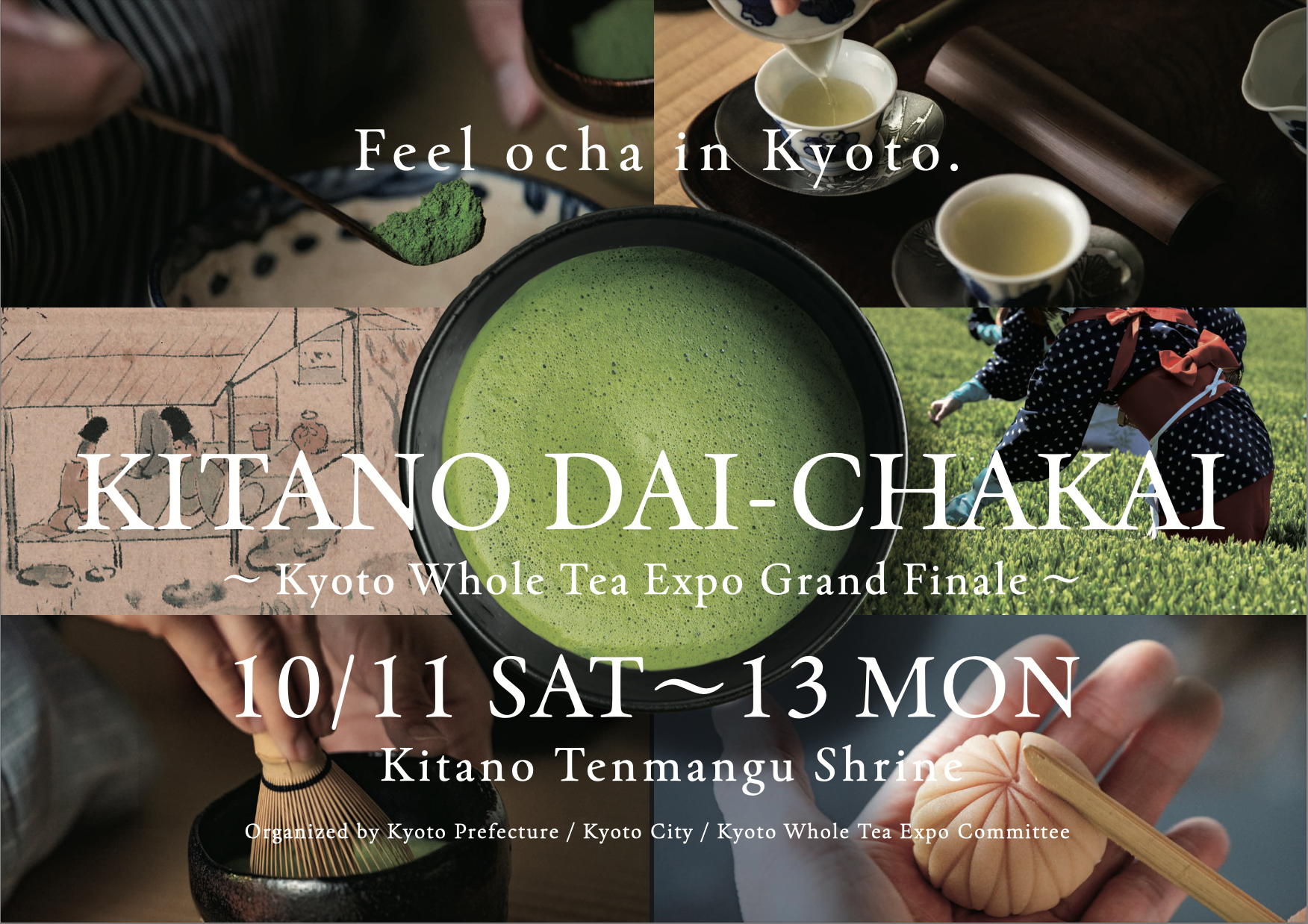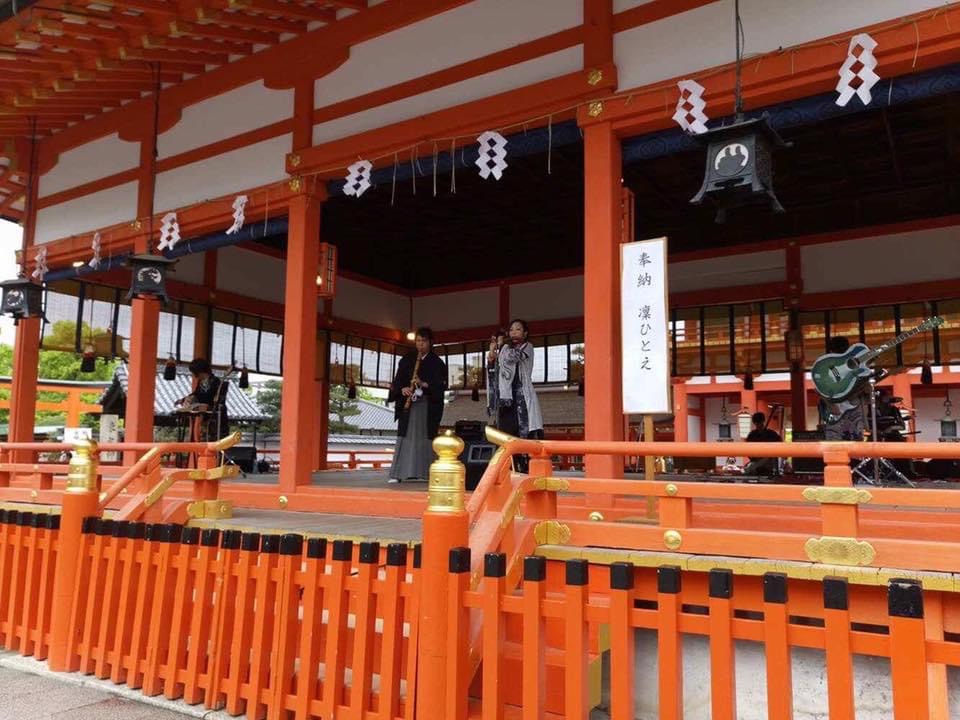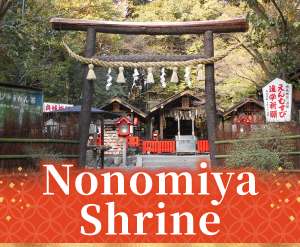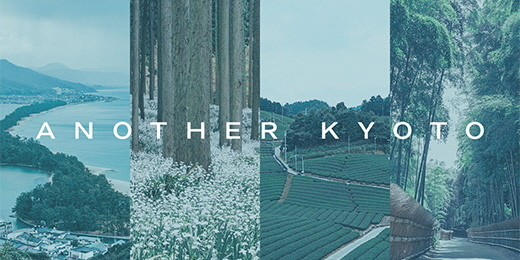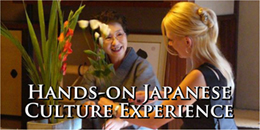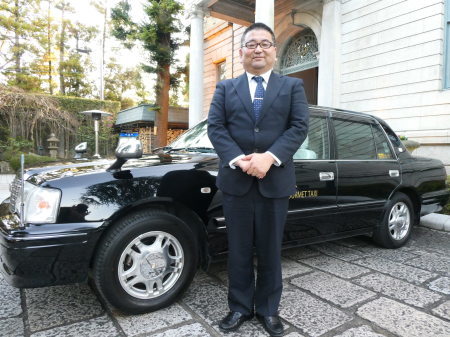
Hello. My name is Iwama, and I’m a taxi driver based in Kyoto. Since the age of twenty-four, I’ve been driving through the streets of Kyoto as a sightseeing driver, sharing ways to enjoy the city that only a local would know.
My service, the Kyoto Gourmet Taxi, is a unique sightseeing experience delivered with help from my background as a French chef—combining the delights of both food and travel.
In this article, I’ll share eleven tips to help you smoothly enjoy Kyoto in ways that will allow the deepest, richest experiences possible, based on my knowledge. I’ll outline strategies to avoid crowds at famous tourist spots, introduce hidden gems loved by locals, and recommend opportunities to experience traditional culture — all from the unique perspective of a local taxi driver.
Tips for enjoying Kyoto while avoiding the crowds
Kyoto in the early morning — Savor the tranquility and beautiful light when there are fewer people around
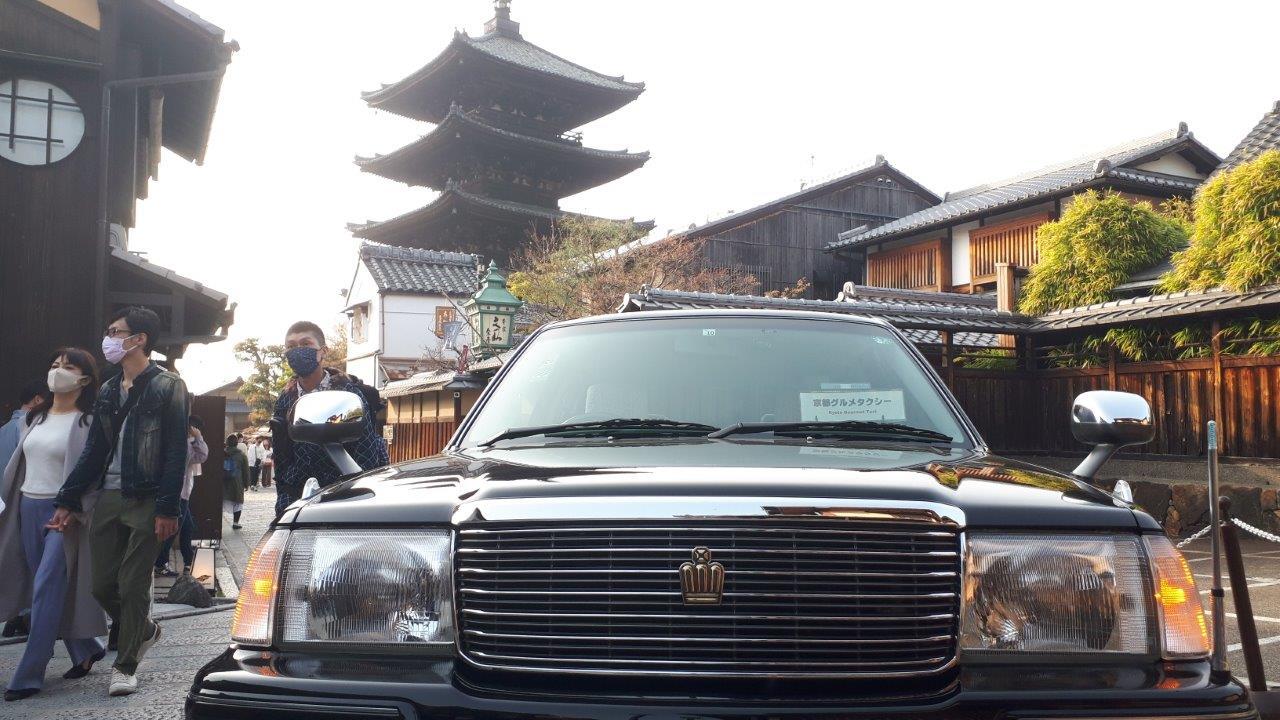
Many tourists in Kyoto tend to visit the famous sightseeing spots from mid-morning onward. That’s why setting out early in the morning is the most effective way to experience the city’s quiet beauty.
For example, Kiyomizu-dera Temple, one of Kyoto’s most iconic Buddhist temples and a UNESCO World Heritage Site, opens its gates at 6 am. From its wooden stage, you can take in sweeping views of the city. And in the early hours when there are fewer tourists, the temple precincts are calm and serene. Although the souvenir shops may still not be open at this time, you can have a rare moment of having a view of Kyoto almost all to yourself, bathed in the gentle morning light.
When heading to Kiyomizu-dera Temple, I recommend walking up Chawan-zaka, a peaceful slope lined with traditional pottery shops.
Another perfect spot to visit early in the morning is Fushimi Inari Taisha Shrine, famous for the myriad vermillion torii gates arching over paths on a hill. Open twenty-four hours a day, it offers an especially mystical atmosphere when the torii gates glow in the dawn light. If you set out to the top of the mountain early in the morning, the shrine office will be open around the time when you get back down, so you can visit it to receive omamori or ofuda amulets.
Other excellent morning spots include the Kyoto Imperial Palace Park, the Arashiyama Bamboo Grove, Maruyama Park, Shimogamo Shrine, and, in the northern part of the city, Takaragaike Pond — all places where you can enjoy serene mornings in an atmosphere full of history.
Adopt reverse strategies: In cherry blossom season, visit autumn foliage spots instead
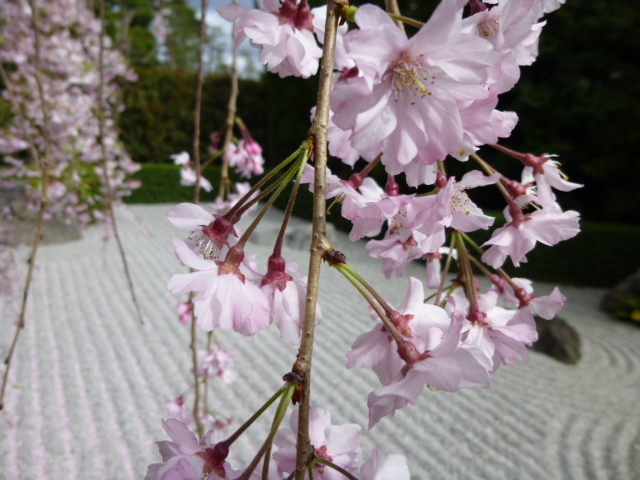
Spring in Kyoto means cherry blossoms everywhere — and with them, crowds.
So, to avoid congestion, try visiting sites that are famous for other kinds of scenery instead.
In Japan, kōyō (autumn foliage) refers to the brilliant reds and golds of maple and other types of trees, a seasonal beauty cherished just like cherry blossoms in spring. In early spring, those same maple trees are covered in soft, pale-green new leaves, creating a refreshing scene. For instance, Eikan-dō Temple and Tōfuku-ji Temple, both renowned for their autumn leaves, are peaceful and filled with vibrant greenery in spring. Strolling among the green leaves, with the occasional cherry trees in bloom, makes for a lovely, relaxed experience.
Also, within the grounds of Sennyū-ji Temple, the small sub-temple Unryū-in is actually a hidden gem to view cherry blossoms in a tranquil atmosphere — though not widely known as a cherry blossom spot, it has some especially elegant cherry trees. Some years, the temple precincts are even illuminated at night.
Similarly, while Ryōan-ji is most known for its rock garden, it also has a grove of cherry trees within its grounds. Kitano Tenmangū Shrine, famous for its plum blossoms, is also beautiful in spring when its cherry trees bloom.
By taking such reverse or alternative approaches, you can enjoy a calm and graceful Kyoto even in the busy spring season.
Hidden gems often recommended by taxi drivers — Discover places off the beaten path
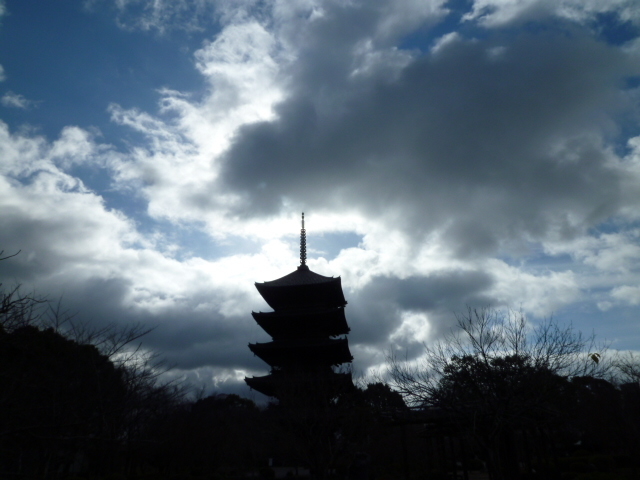
Many of my passengers have been to Kyoto many times and have already visited the major attractions. For these “Kyoto experts,” I often recommend lesser-known spots that local taxi drivers love to share with visitors in certain areas. Here are some of our favorite places by area, with just brief descriptions. I’ll leave the details for you to discover on your own once you visit.
Northern Kyoto: Nature-filled temples like Shimyō-in and Jigen-ji, and the garden of Shōden-ji, known for its quiet beauty. (Note: These are not easily accessible by public transportation.)
Eastern Kyoto: Peaceful temples such as Imakumano Kannon-ji and Unryū-in, where you can enjoy cherry blossoms and autumn foliage alike.
Central Kyoto: Sites like Nijō Jinya, a historical samurai residence, and the Sumiya Motenashi Culture and Art Museum, which showcases Kyoto’s unique hospitality traditions.
Yamashina / Fushimi Area: Many places to enjoy exquisite blends of history and nature, including the Mausoleum of Emperor Meiji at Fushimi Momoyama and Fujinomori Shrine.
Western Kyoto: Enjoy scenic bamboo landscapes at Kyoto Bamboo Park or Take-no-Michi (Bamboo Path). Also, temples like Otagi Nenbutsu-ji and Rokuō-in, nestled in the hills, captivate visitors with their serene atmosphere.
These spots remain relatively unknown to most tourists, but are beloved among local drivers for their peaceful atmosphere. Though some are not so easily accessible, that very remoteness makes them ideal for those who’ve already seen Kyoto’s famous sights and want to discover new charms off the usual tourist routes.
Avoid the crowds: Have lunch at three and a snack at twelve o’ clock!
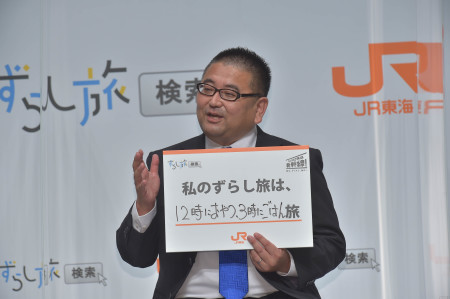
One of the best tricks for a smoother Kyoto experience is to shift your schedule.
Most people visit temples and shrines in the morning, so afternoons tend to be less crowded. In a similar way, restaurants are packed during the noon lunch hour — but, for example, if you use that time to travel from one place to another instead, you’ll later find more open tables. And if you visit a popular sweets café during lunchtime, you can often enjoy it without waiting.
Similarly, when going on a temple and shrine pilgrimage, such as the Kyoto Shichifukujin (Seven Lucky Gods) pilgrimage, consider following the route in the opposite direction from tour groups — it’s a simple but effective way to avoid congestion.
Another tip from my own experience as a taxi driver in Kyoto is that whenever the east-west streets get crowded, the traffic on north-south streets tends to flow relatively smoothly.
By making small schedule shifts, you can enjoy a smoother, more comfortable experience exploring Kyoto.
Ways to enjoy Kyoto’s beautiful scenery
Visit private gardens and specially opened buildings — Explore exclusive spots that reveal Kyoto’s quiet elegance
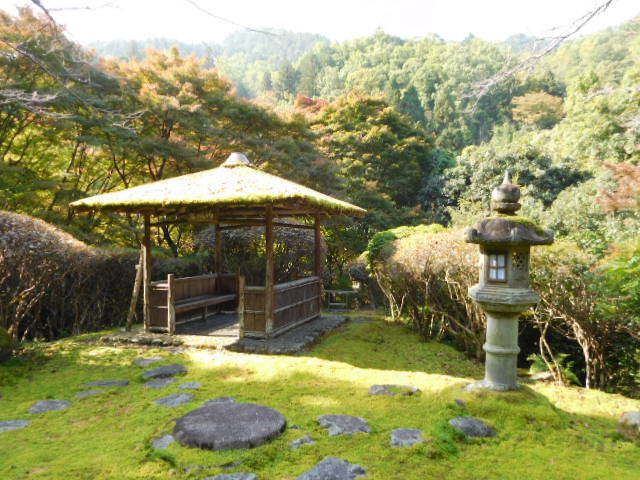
While Kyoto has many temples and shrines open to the public, there are also special gardens and buildings owned by individuals or companies that welcome sightseers. One such place is Hakuryu-en, a private garden managed by a company. Hakuryu-en is open only in spring and autumn, and can be visited by reservation. Without hiring gardeners, the company’s regular employees themselves maintain the grounds. Known as a serene and beautiful garden reflecting the company founder’s care for the local culture and scenery, it offers visitors a peaceful atmosphere to enjoy at their own pace with an advance booking.
Also noteworthy is the Kyoto Modern Architecture Festival, held every autumn. During this event, normally closed historical and modernist buildings are specially opened to the public, and visitors can freely explore them with a pass. In 2024, more than a hundred buildings were featured in this festival.
This event offers a rare opportunity to experience Kyoto’s “retro architecture,” such as the Imahara Machiya, a house that blends Japanese and Western styles, and SHIKIAMI CONCON, a space fostering a new kind of Kyoto-style community.
Even just viewing the buildings from outside can be enjoyable.
When strolling around the city, be sure to stop by the Kyoto International Conference Center, designed by architect Sachio Otani. Other notable architectural sites include the Institute for Research in Humanities at Kyoto University, Marufukurō, and Chōrakukan.
Kyoto Modern Architecture Festival (website available only in Japanese):
https://kyoto.kenchikusai.jp/
Use the sun’s movement to your advantage — Visit scenic areas when the light is most beautiful

The beauty of Kyoto changes dramatically depending on the time of day.
Depending on the angle and direction of sunlight, you can experience completely different atmospheres even at the same location. Here is a list of destinations I recommend for each part of the day.
Morning: Yoshimine-dera Temple, in the western part of the city, is beautiful in the morning.
Late morning: I recommend Arashiyama, also located in the western part of the city.
Midday: Explore the northern areas such as Ohara or Keihoku.
Afternoon to evening: I recommend the Higashiyama (eastern hills) area, including the Okazaki area and Nanzen-ji Temple.
Dusk: Kiyomizu-dera Temple is particularly stunning at twilight.
As such, it is generally best to visit the west side of the city in the morning, and the east side at later hours.
There are, of course, exceptions. For example, at Kōmyō-in Temple within Tōfuku-ji, which is on the eastern side of the city, I especially love the moment around 10 am, when sunlight streams into the Hashin-tei garden. Thinking about how sunlight interacts with architecture and gardens beforehand will surely help deepen your appreciation of the places you visit.
Switch modes of transportation — Try a new way of getting around to see the city from a fresh perspective
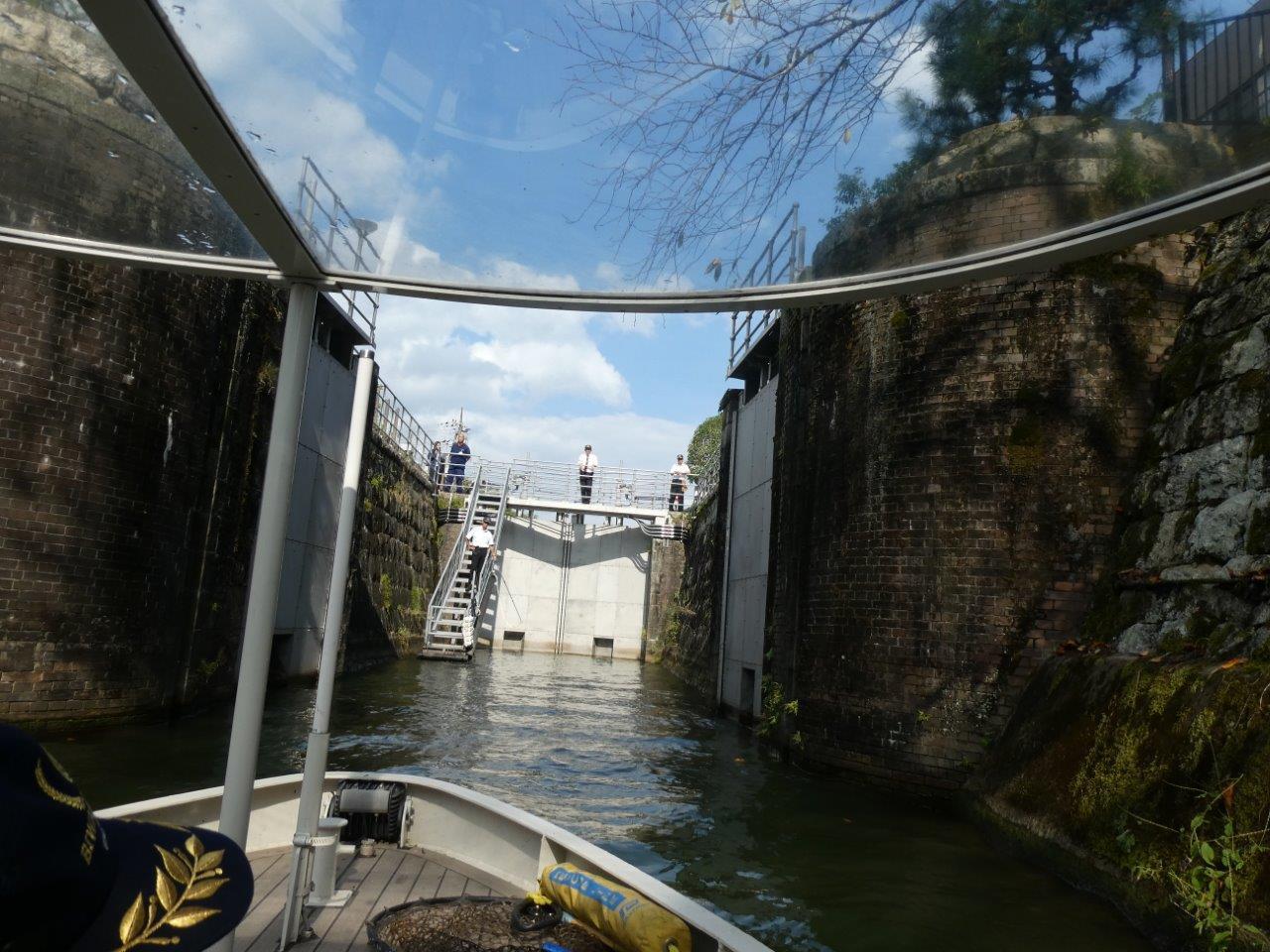
In Kyoto, you don’t have to rely solely on trains and buses — why not try traveling by boat once in a while?
For instance, the Lake Biwa Canal Cruise (Biwako Sosui-sen) connects Keage in Kyoto with Otsu Port in Shiga Prefecture. It operates only in spring and autumn, and the most popular route is the one on a canal lined with elegant rows of cherry blossoms.
The Lake Biwa Canal Cruise official website:
https://biwakososui.kyoto.travel/
In autumn, taking the Eizan Electric Railway is a recommended way for enjoying the fall foliage.
For another kind of experience, hop on the Sky Bus Kyoto, an open-top sightseeing bus that lets you view the city from above.
Sky Bus “Kyoto Sightseeing Tour” official website:
https://www.myojo-mc.co.jp/service/skybus.html
Sky Hop Bus Kyoto official website:
https://skyhopbus.com/kyoto/ja
Simply changing your mode of transportation can lead to new, delightful discoveries in Kyoto.
Enjoy Kyoto like a local
Experience everyday Kyoto life in local shopping streets
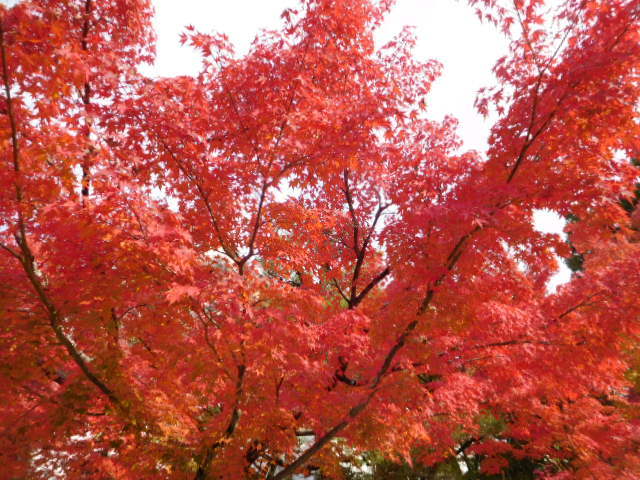
In recent years, more and more visitors have expressed a desire to walk around Kyoto like a local. Many travelers now seek places off the typical tourist routes—spots where local residents shop, eat, and gather in their daily lives.
What better place to do that than to visit Kyoto’s shopping streets (shōtengai)? These lively community hubs offer a completely different atmosphere from tourist areas, filled with small shops and the rhythms of everyday life.
Among them, the Kyoto Sanjō-kai shopping street is especially vibrant. This covered arcade that stretches about eight hundred meters is lined with restaurants, cafés, delicatessens, and general stores, always bustling with locals. Many of the shops here are beloved by residents rather than tourists, making it an ideal place to soak in authentic Kyoto life.
Kyoto has many shopping streets, each reflecting unique characteristics of its area. Other notable ones include:
- Ōtesuji Shōtengai and Ryōma-dōri Shōtengai in Fushimi, famous for sake tasting.
- Daiei-dōri Shotengai, where you can feel the legacy of Uzumasa’s film studio culture.
Take a stroll through these shopping streets and experience the charms of everyday Kyoto life.
Enjoy another side of Kyoto’s autumn — The golden ginkgo leaves
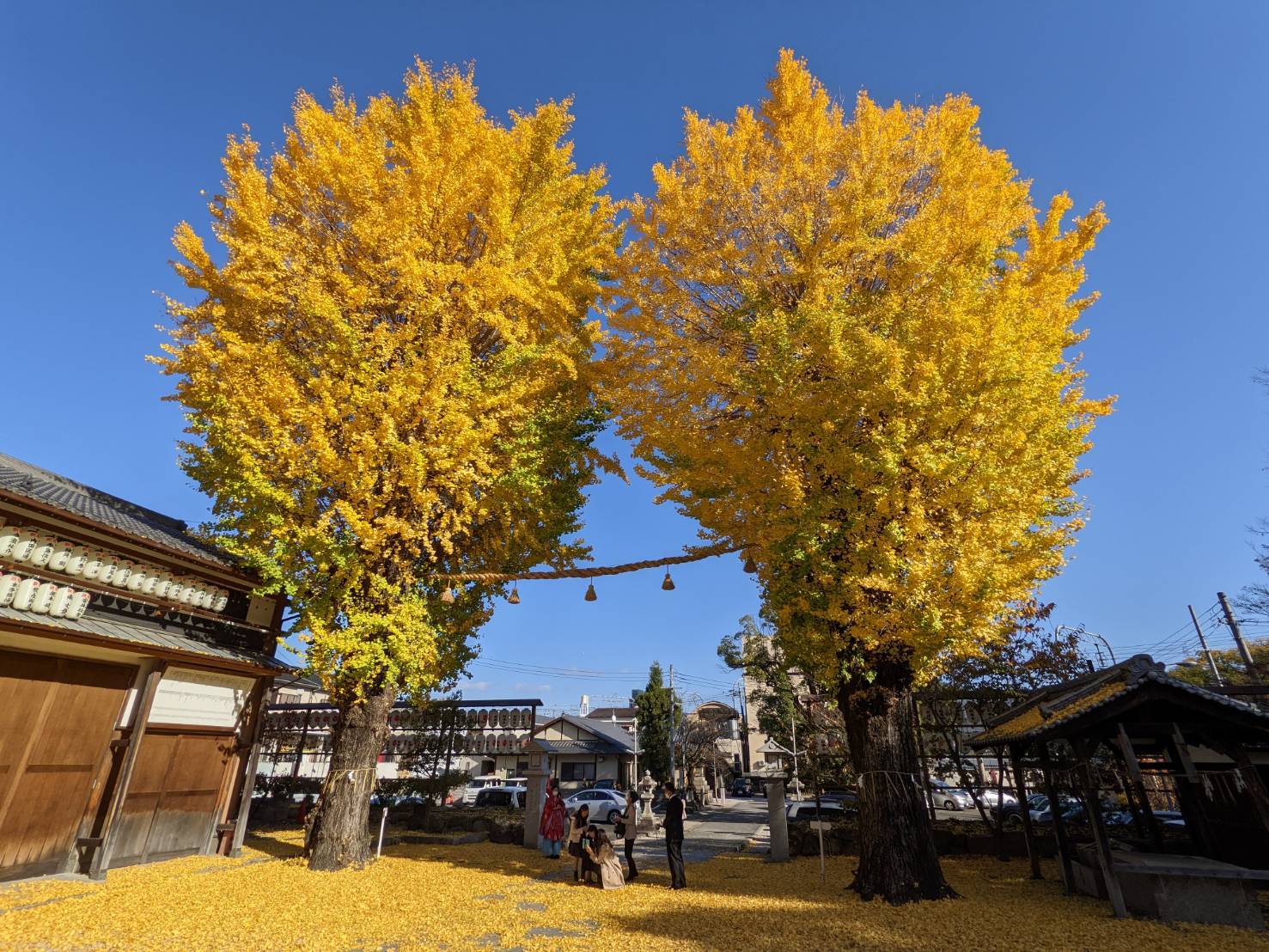
When it comes to autumn in Kyoto, the red maple leaves (momiji) often take the spotlight—but the golden ginkgo leaves are just as wonderful.
The Fushimi Ward area, in particular, is highly recommended for its scenery of gingko foliage and tends to be less crowded. At Misu Shrine and Yodo Shrine, the temple grounds are blanketed with fallen ginkgo leaves, glowing softly in the autumn sunlight.
Another spot I recommend is Iwato Ochiba Shrine in Keihoku, where the entire temple precincts become a golden carpet of fallen leaves, creating a tranquil and beautiful atmosphere.
Be sure to enjoy this side of Kyoto’s autumn, which is just as beautiful as the famous red foliage.
Experience Traditional Culture
Witness the depth and power of classical performing arts in a serene theatre
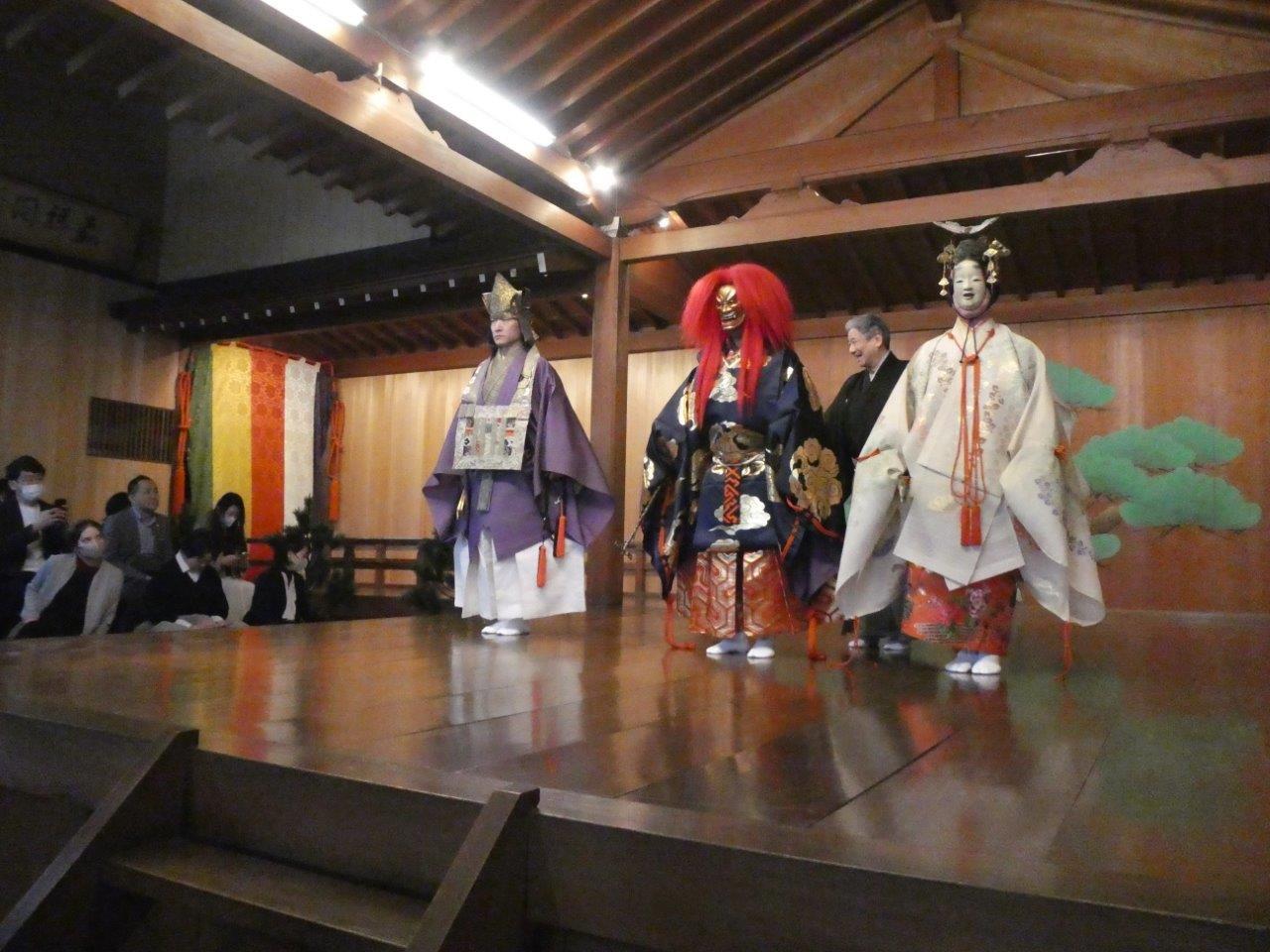
In Kyoto, there are many opportunities to experience live performances of Japan’s traditional theater arts. In particular, noh and kyogen have been performed continuously for more than 650 years and are representative forms of Japan’s stage traditions.
Noh portrays deep human emotions—sorrow, anger, longing for the past, or deep love and admiration.
Kyogen, on the other hand, is a form of comedic theater that vividly depicts the everyday lives of common people during the medieval period.
One Noh play I attended, Raiden, tells the story of Sugawara no Michizane, a historical figure revered as a deity of scholarship, who reappears after death as a god of thunder. Seeing the performance live, I was deeply moved by how the use of timing, intensity, and gaze conveyed powerful emotions, offering even insights relevant to our modern lives.
The true appeal of noh and kyogen lies in their ability to move the heart just with sounds and movements.
During your stay in Kyoto, take the opportunity to experience Japan’s timeless performing arts—you may discover a profound form of beauty that has endured for centuries.
Learn traditional Kyoto crafts directly from artisans — Hand-painted Yūzen dyeing experience
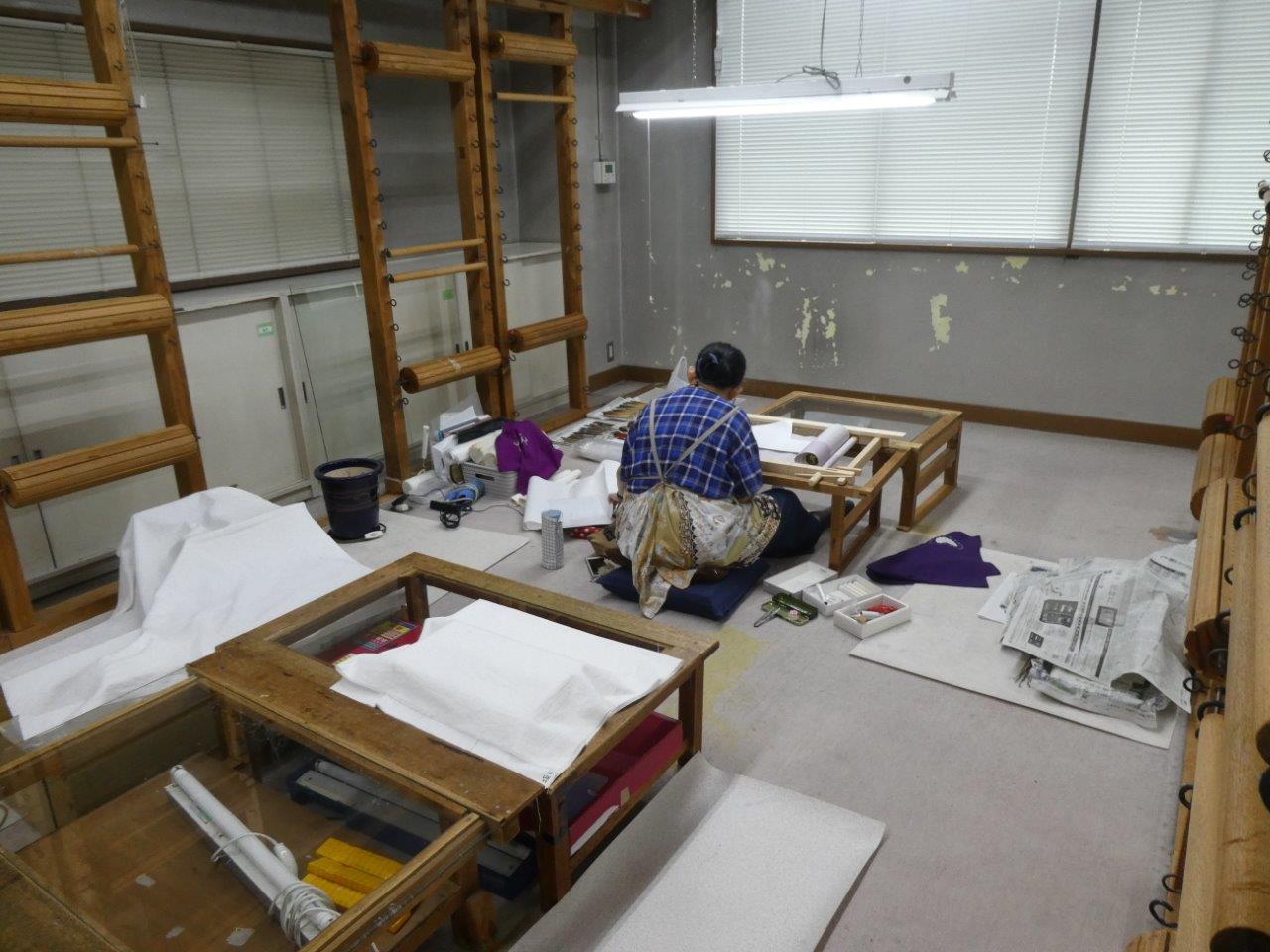
At Okayama Kogei in Kyoto’s Fushimi Ward, you can experience hand-painted Yūzen dyeing (Tegaki Yūzen) under the guidance of skilled artisans.
Hand-painted Yūzen is one of Japan’s most renowned dyeing techniques, in which colorful designs are painted directly onto fabric. This centuries-old method was established during the Edo period, evolving alongside advances in dyeing technology and silk weaving and cultural development.
At the workshop, you can observe the artisans’ refined craftsmanship and then create your own small piece of art.
This can be:
- A dyed postcard-sized fabric (somegaku), which you can take home with you right after.
- Or a handkerchief or stole, which will be professionally finished and shipped to you later (domestic shipping within Japan only).
The experience takes about thirty minutes to one hour.
The workshop is located within walking distance of Fushimi Inari Taisha, making it easy to visit the famous shrine afterward.
Instead of simply “seeing” Kyoto, this experience offers a chance to interact directly with artisans and learn living traditions firsthand—a meaningful way to deepen your journey.
Okayama Kogei official website:
https://www.okayama-kougei.com/en/
A final word from the sightseeing taxi driver
I’ve thus introduced sightseeing spots recommended by Kyoto locals from the perspective of the Kyoto Gourmet Taxi. Drawing on daily experience and the stories shared by our passengers, we sightseeing drivers strive to make each journey more rewarding. And with just a small change in perspectives on how to approach your explorations in Kyoto, your journey can become even richer. May your stay here be filled with memorable moments and inspiration.


